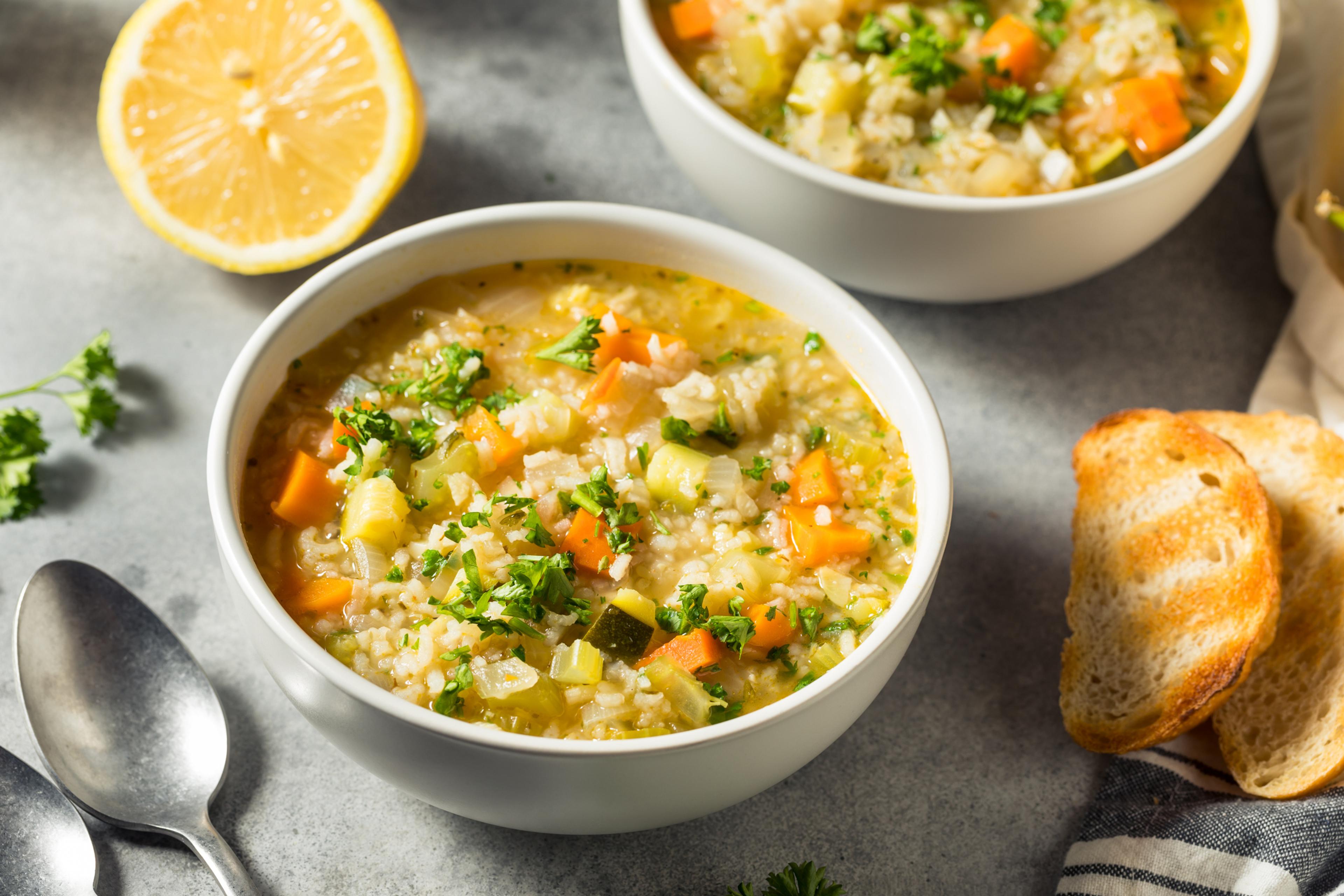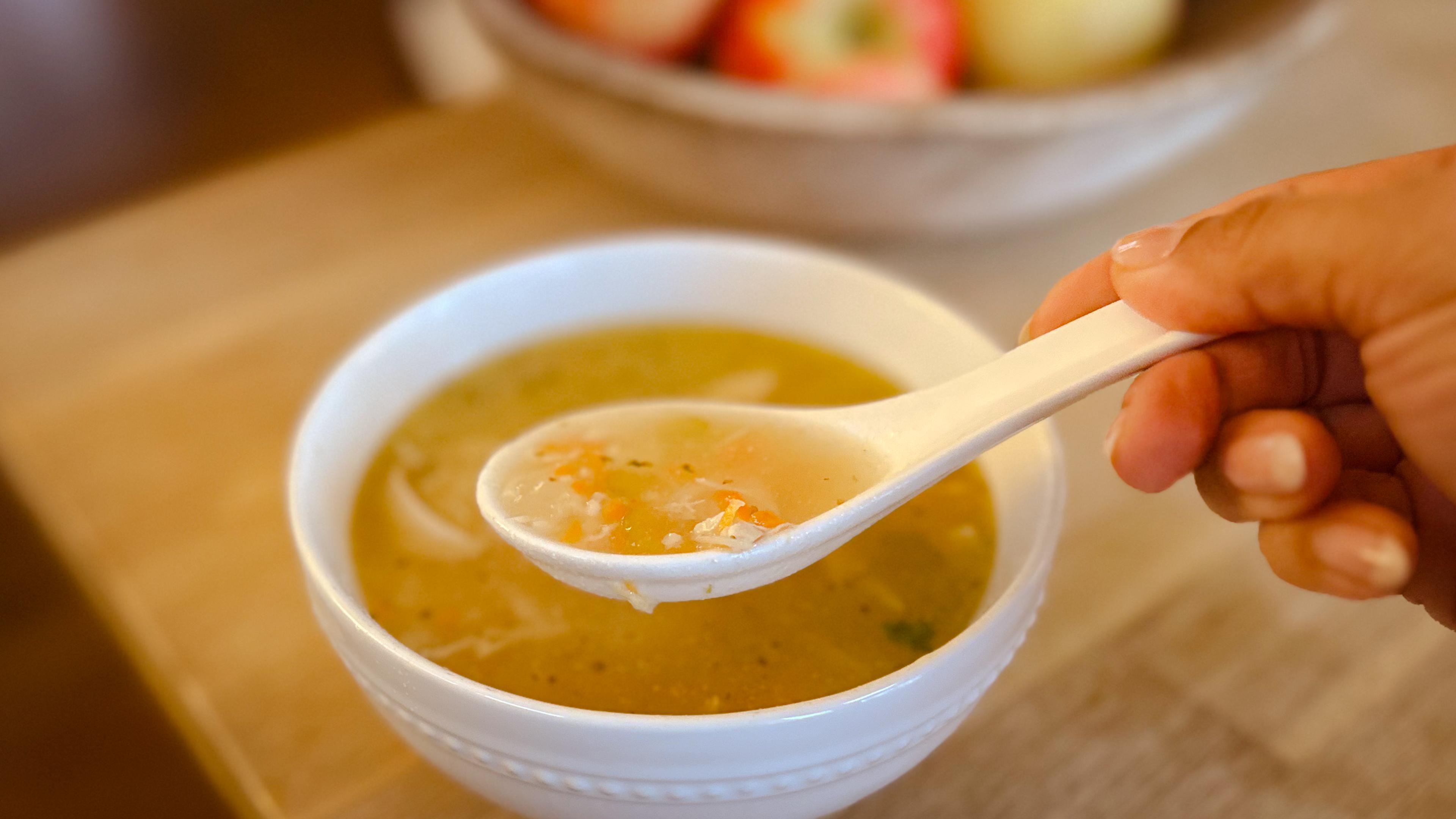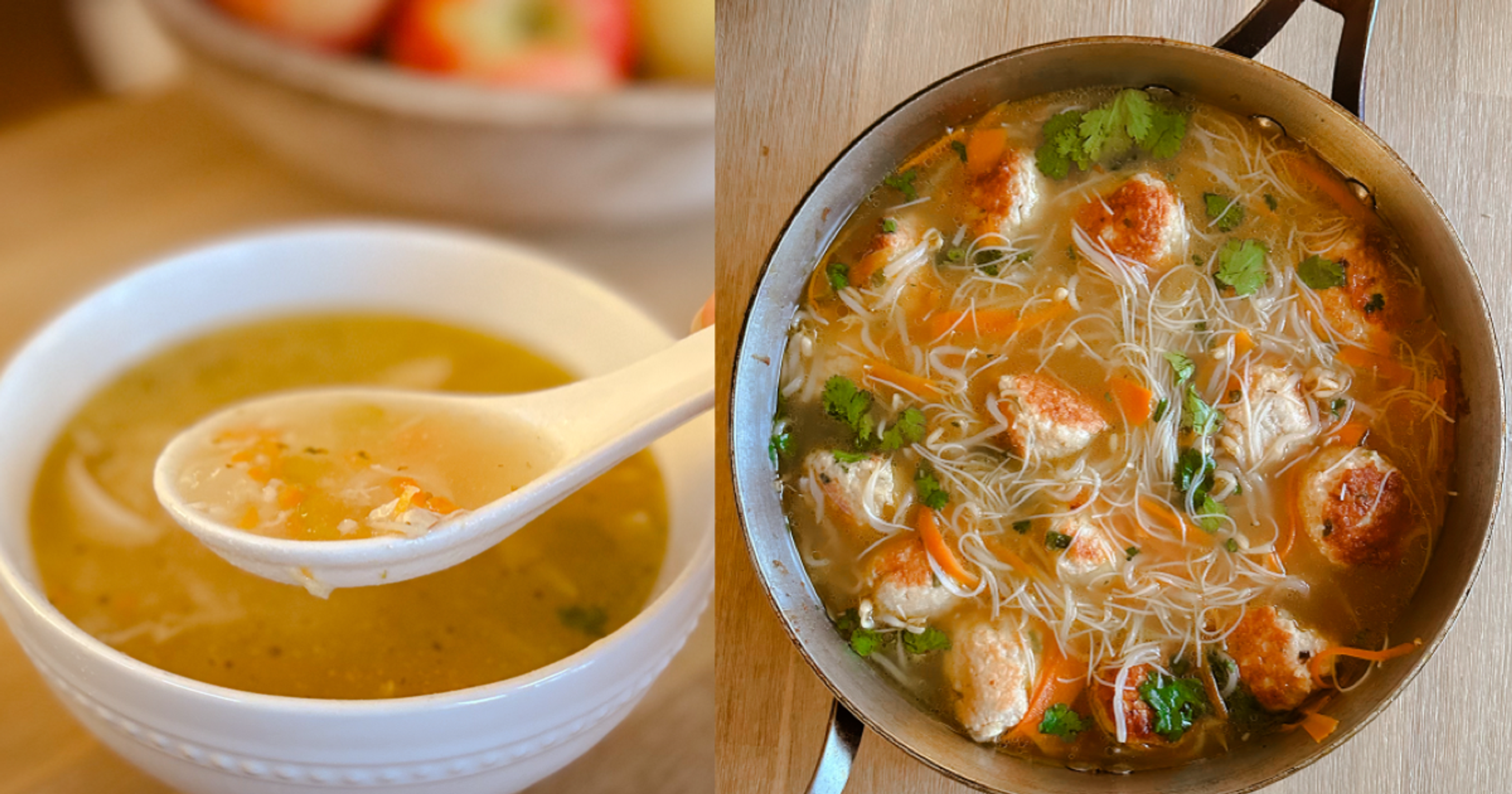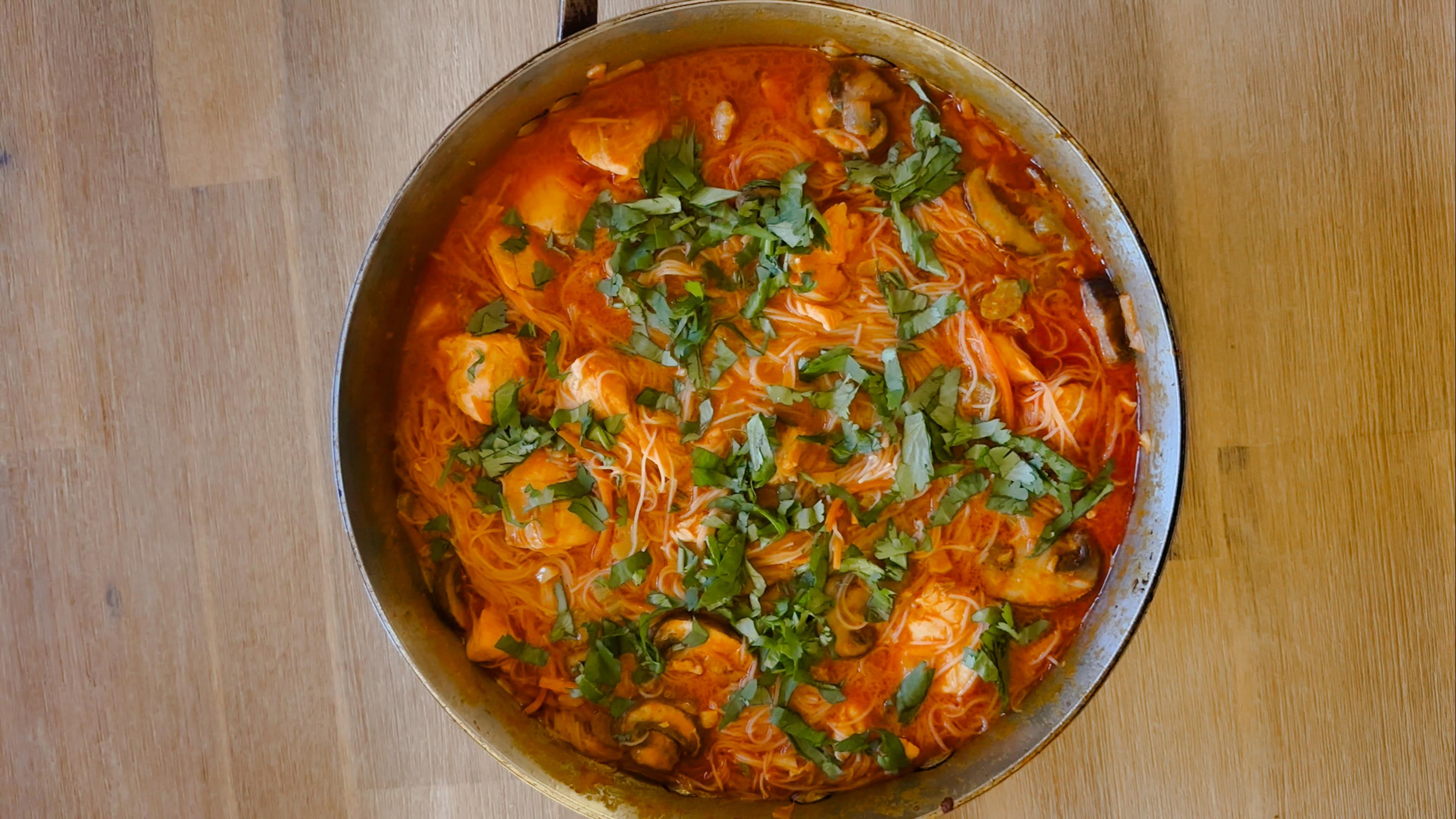Rating the Health Value of Trendy Sauces and Condiments

Lindsay Knake
| 4 min read
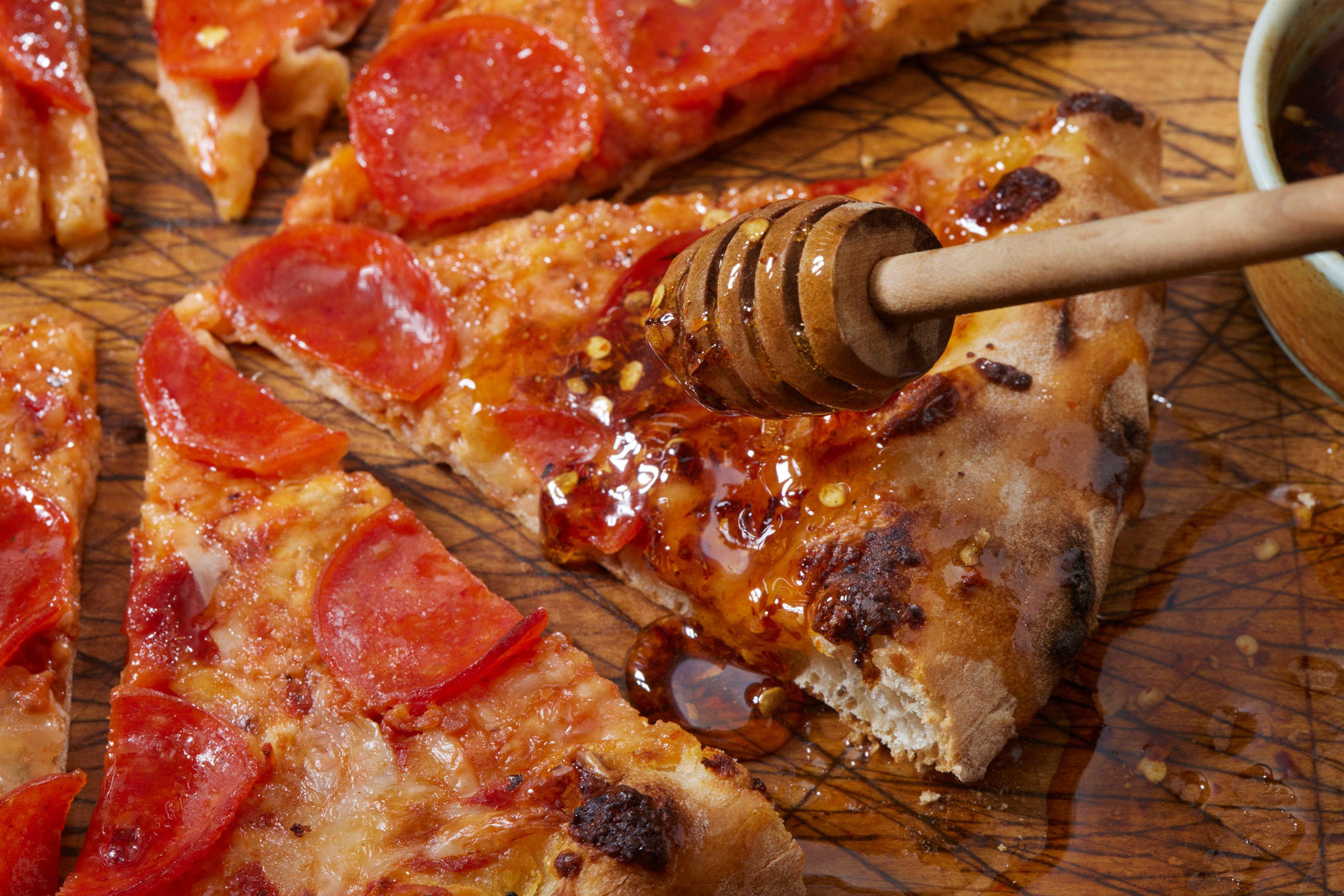
Move over, ketchup and mustard. Sauces and condiments with complex flavor profiles are having a moment. From hot honey to Korean gochujang, the sweet and spicy combination is en vogue.
But do these sauces and condiments provide any nutritional benefits? Let’s look at four and see how you can choose the healthiest options to add spice and fun to your meals.
Hot honey
You may have seen hot honey, a sweet-hot trend popular on wings, pizza or roasted vegetables. Hot honey is honey mixed with fresh or dried hot peppers; you can make it at home or buy a jar at the grocery store. The nutritional value of hot honey depends on the type of honey and hot peppers.
A tablespoon of honey contains:
- 61 calories
- 17 grams of carbohydrates (all from sugar)
- 0 fat
- Trace amounts of fiber and protein
Honey has flavonoids and polyphenols, which are antioxidants and provide anti-inflammatory properties, according to the Cleveland Clinic. Antioxidants can reduce the risk of chronic diseases such as Alzheimer’s, heart disease, diabetes and cancer, and anti-inflammatory foods support gut and heart health.
Honey is sugar, so it’s best to limit it. No more than 10% of your daily calories should come from sugar, according to the Dietary Guidelines for Americans. That means in a 2,000-calorie per day diet, 200 or fewer calories should come from added sugars.
Hot honey also contains hot peppers such as chili flakes, which are low in calories and contain several vitamins and minerals such as:
- Vitamin A
- Vitamin B6
- Magnesium
- Potassium
However, the amount of chili flakes you’d eat in a serving of honey is tiny, meaning the nutritional benefits from chili or pepper flakes are minimal. The sweet-spicy flavor of hot honey means you don’t need much to enjoy it.
Chili crisp oil
Also known as chili crunch, this condiment is a mix of spices, chili, garlic and onion in a seed or vegetable oil. As with hot honey, the amount of nutrients, vitamins and minerals in a tablespoon of chili crisp is small. The nutrition also depends on the brand.
Two tablespoons of chili crunch could provide 80 to 10 milligrams of potassium, about 2% of daily nutritional needs in a 2,000 calorie per day diet. Some chili crunch oil brands may as many as 210 calories per two tablespoons while others have as few as 20.
Seed and vegetable oils are a good option for cooking with a high smoke point. Although they don’t have as many heart-healthy omega-3 fatty acids as olive oil, seed and vegetable oils are good sources of omega-6 fatty acids, which can help lower bad cholesterol, or HDL, according to the American Heart Association.
A dash of chili crunch in a dish or on top of eggs can provide a kick and umami flavor. Look for brands that are low in calories and sodium.
Korean gochujang
This thick, red paste made of peppers, fermented soybeans, a sweetener like sugar, garlic and onions, is a popular condiment where you may use sriracha. Gochujang offers a unique and complex blend of spicy and sweet with umami flavors, along with the funky flavor of the fermented soybeans. You can find gochujang in spicier and mild flavors.
Like with other condiments, the amount of peppers and the amount you would use is too small to offer nutritional benefits. Gochujang is low in fat, but certain brands can be high in sodium with as much as 480 milligrams of sodium per one tablespoon serving.
Americans should eat less than 2,300 milligrams of sodium per day, according to the Dietary Guidelines for Americans. When choosing gochujang, look for options low in sugar and sodium.
Aioli
Aioli is a tangy, creamy sauce popular with steak, chicken and vegetables or as a replacement for mayonnaise. This condiment is similar to mayonnaise: emulsified oil, egg yolk, vinegar or lemon juice and garlic. You can also find it with additional flavors like sriracha or paprika.
Storebought aioli can be high in saturated fat and sodium. The Dietary Guidelines for Americans recommend no more than 10% of total daily calories come from saturated fat.
You can make aioli at home with either no salt or a dash of salt and olive oil to make a heart-healthier version with omega-3 fatty acids. Aioli, when eaten in moderation, provides a kick of garlic to liven up a meal.
Image: Getty Images
Related:

